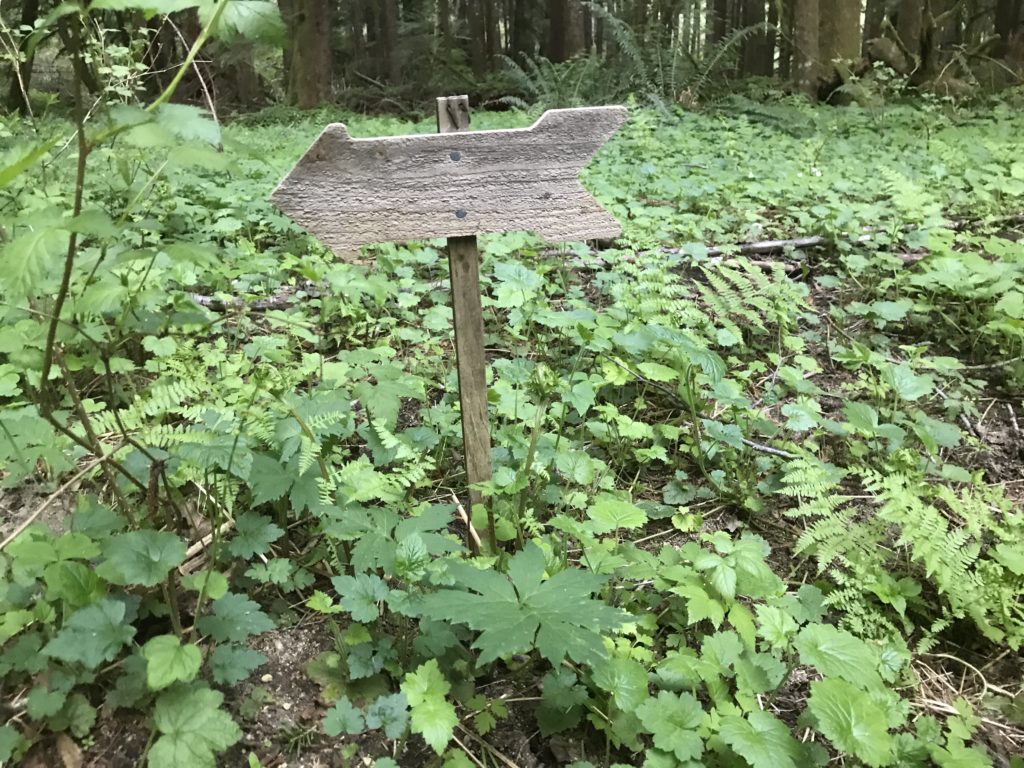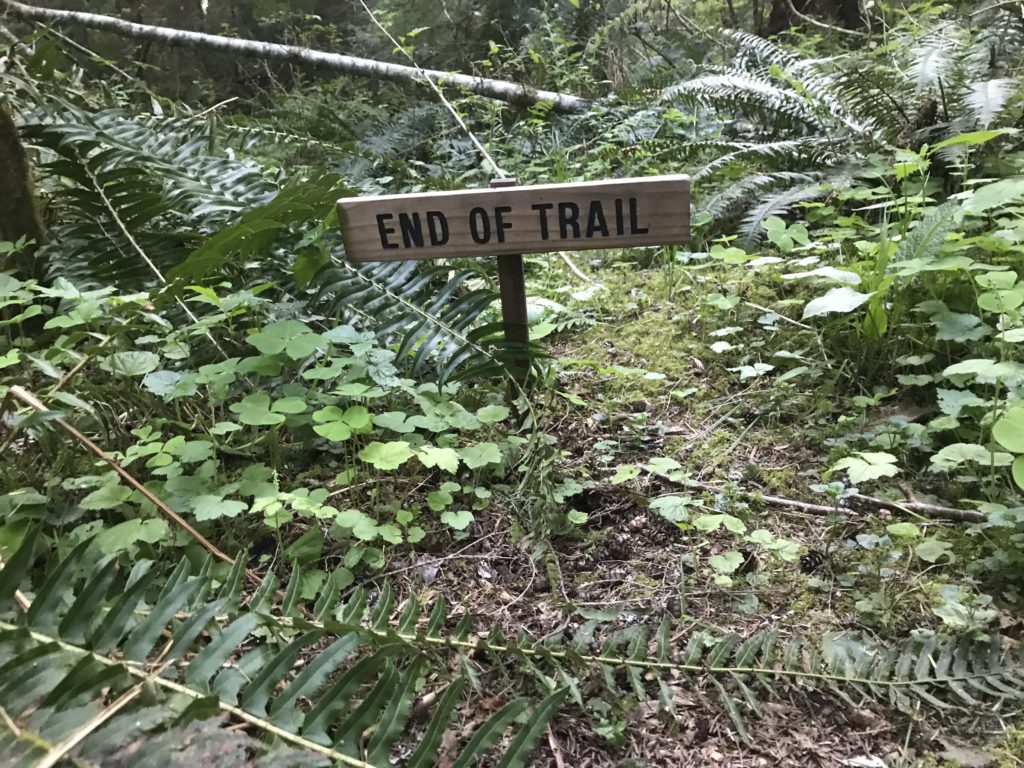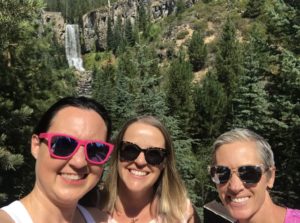5 Strategies to Survive Change
Change is inevitable.
When we are really craving a change in our life, it feels like a painfully slow wait for the desired change to arrive. This is usually due to our inability to take definitive action towards our goals; and sometimes, we just need to be patient, wait for the opportunity.
When we are craving stability, it feels like change arrives in a dump truck accompanied by a bulldozer. The disruptions and changes just come one right after another until we feel completely buried and overwhelmed.
Change can be scary. It can also be unsettling, unexpected, exciting, and exhilarating. It can turn our life up-side-down or it can alter the path of our life in the most remarkable ways.
Changes I faced
For me, 2021 has been quite a year of transitions and change.
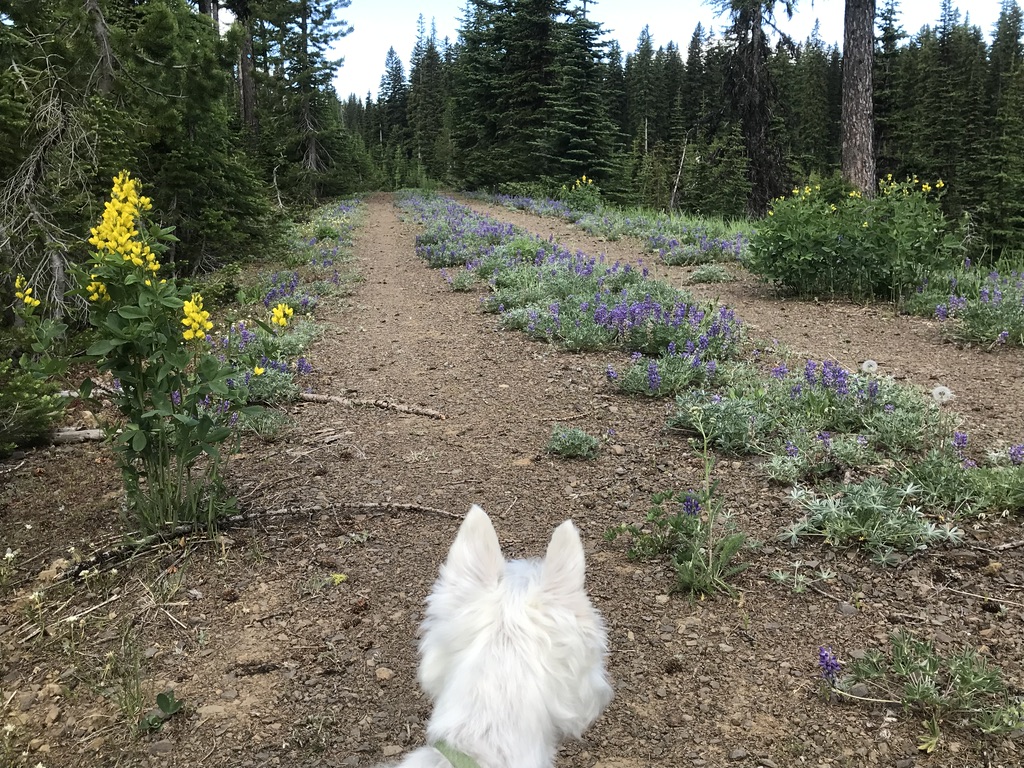
Altered travel plans
The pandemic continued to challenge travel plans. My favorite kind of spontaneous road trips were few, due to my health and due to the difficulty in obtaining last-minute reservations when I did feel good.
A canceled ski week in March turned into a quiet week at the lake house to focus on writing and rest. At first, I felt disappointed but it turned out to be a beautiful week in which I discovered so many magical moments of texture, including listening to slushy waves on the shoreline and sitting against the house in the afternoon sun with a hot cup of tea.
Health challenges
In May, I became ill with Valley Fever and accompanied autoimmune problems. This not only kept me away from work for 6 weeks, but I suffered brain fog and physical pain for several months.
I was drained of my self-confidence and motivation. Now I am learning to pace myself differently to feel optimum.
Retirements
I’ve spent my entire life and professional career working in a dental practice with my father. His retirement has been a huge change for my family and my professional routine. As a result, I’ve felt the burden of legacy, the emotions of missing his daily presence, and the disruption and discomfort of a major change.
Also, I had to say forever goodbye to my 14-year old Westie dog, who was my primary source of comfort and joy. I continue to shed tears for him every day. Now, the other white dog and I are learning each other’s needs in both grieving and comfort.
Professional transitions
Work in healthcare continued to be challenging and draining in the pandemic realities with ever-changing rules, transitioning team members, and significant workload.
Along with that, I’ve committed to shifting some of my professional focus to better honor my health and my passions. It’s exciting and hard.
I’ll openly admit, this was not my favorite year!
I’ve suffered mental and physical fatigue, felt profound discouragement, and cried a lot of tears.
But I’ve also experienced the enormous gift of great friends who continue to find ways to lift me up and make me laugh.
I’ve had to put my coaching and self-care strategies through the test of fire to help me recover and stay focused on my ideal future.
Strategies for Surviving Change
Here are 5 of my favorite transition strategies that have helped me this year.
1. Visualize a bridge.
As you travel through a change, visualize yourself on a bridge. You can choose any architectural style of the bridge you feel best represents the transition you are experiencing, whether it’s a suspension bridge with cables, or an ornate gothic cathedral style bridge, or maybe it’s a flat plain concrete bridge that is functional but not beautiful.
Take note of the weather on the bridge. There might be unexpected wind gusts pushing you sideways. It could be slippery with ice requiring careful steps. There could be heat radiating off the concrete that feels stifling. The height of the bridge could be nauseating.
Or you can stretch out your arms, feel the breeze, look down at blue water and feel exhilarated at the crossing.
All these emotions are ok and represent an important part of your transition.

Near Tacoma, Washington
2. Grieve.
I always find it necessary to grieve a change and what I am leaving behind. It’s not always sad grief but the act of acknowledging and feeling helps me to move forward with more focus and energy.
I grieved the changes in my health. I grieved the end of the professional era with my father. I grieved the loss of my sweet dog.
This year I have grieved with tears and writing. I’ve sat and cried for hours. I’ve spontaneously cried when I didn’t want to. Sometimes I wanted to cry, and I just couldn’t. I’ve written longhand – heart and emotions through fingers and pen out onto the paper – about my memories, my fears, my feelings, and my goals.
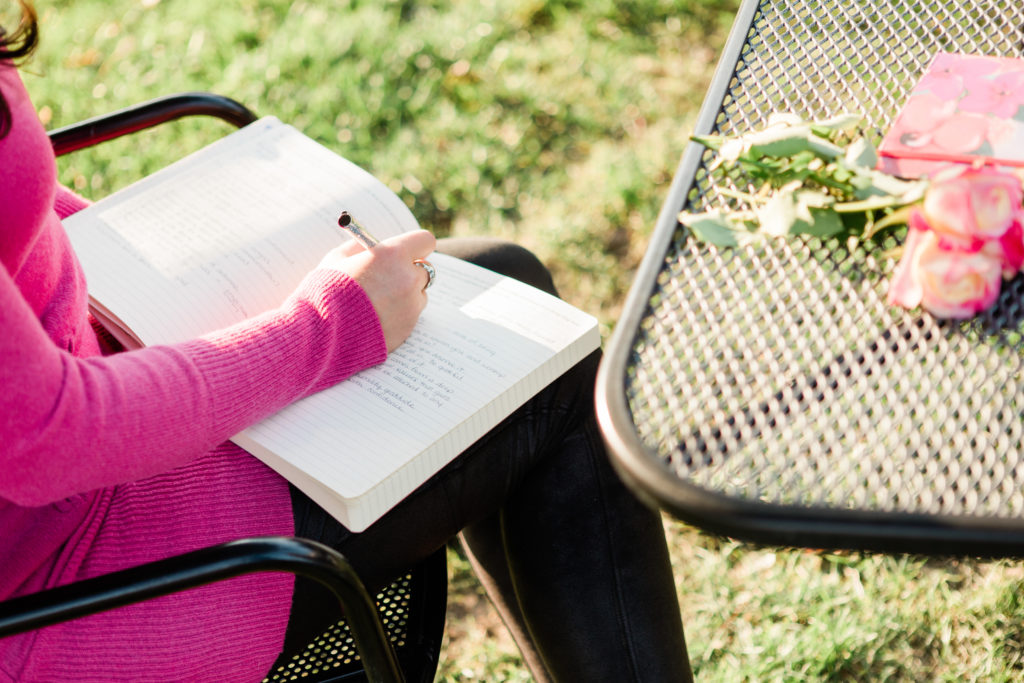
3. Name your emotions specifically.
It’s easy to resort to buzz words when someone asks how we are feeling. Busy, stressed, and tired are overused and meaningless. Being more specific with naming our emotions helps us ask deeper questions and take more definitive action.
Due to my illness, I often felt overwhelming fatigue this year. I had to get specific with that feeling of fatigue to determine if I needed physical rest, gentle exercise, meditation, or a day completely off.
I also frequently felt frustration, even anger, which can lead to a sense of being a victim to a situation. Being specific and digging deep into these feelings helped me determine if it was really the specific situation that I was frustrated with. Or rather was it what I wanted to be that I was frustrated with. Often, I needed to make a small change in my own perspective and actions.

4. Your vision doesn’t have to be clear.
I am an achiever and I like to have a clear plan of action. Sometimes this is just not possible. As the unexpected changes and challenges kept coming at me this year, I struggled to maintain any vision at all. I’m still clarifying my vision of the next few months.
I’ve been re-reading The Artist’s Way by Julia Cameron. This quote has been powerful for me to remember:
“…we work along slowly and gradually, clarifying the vision of what it is we want, learning to accept small pieces of that vision from whatever source…”
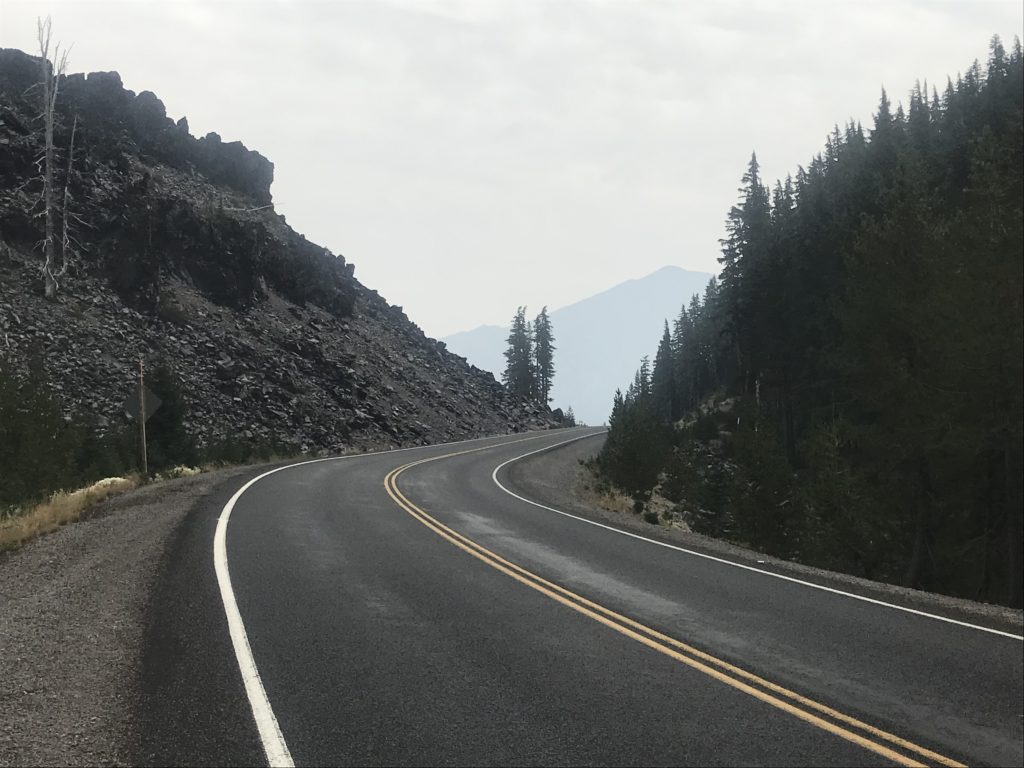
5. Look for Texture.
You can find texture anywhere. It’s those overlooked details of beauty and nuance that bring joy, inspiration, and freedom to every day.
Even through the tears of frustration or fear, it is possible to see the texture and to revel in it.
The feel of a soft blanket, the scent of warm waffles, or watching tiny bird beaks crunch seed at the feeder.
Tonight, I stood quietly in the falling snow, watching the fluffy flakes tumble down, feeling them stick to my eyelashes. It was a gentle moment and I was fully present.
For more inspiration, try my texture worksheet.
Whatever change you are craving or whatever transitions you are facing or experiencing, I hope these strategies will help you survive change as we travel with texture in 2022.
